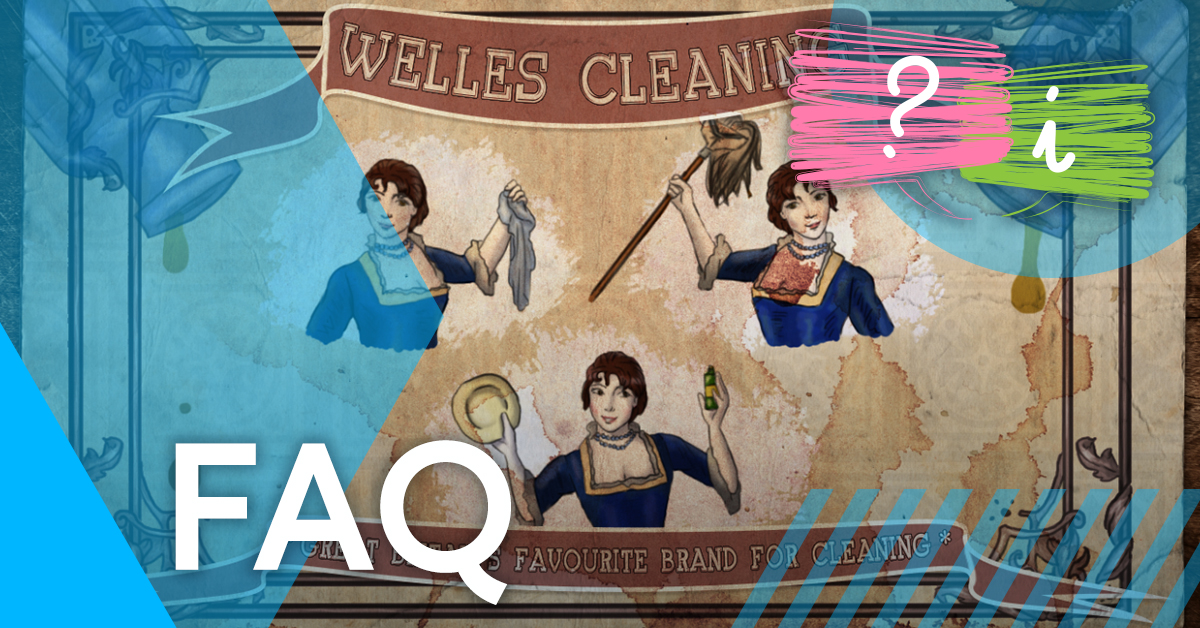Safeguarding Children: Are you sorted for the year ahead?
Posted 4 years ago

Our KCSIE online training is free to any Educational Institute that purchases any one of our courses. This online version of the KCSIE document allows training administrators to track who has and has not read Part One of the document. And our Safeguarding Children Training covers levels 1 & 2 and is up-to-date with best practice.
If you are working in early years learning, schools, colleges or any other environment where you come into contact with children as part of your job role, then this training is essential for you.
KCSIE & Working Together to Safeguard Children
In July of 2018, the government published an amended version of the ‘Working Together to Safeguard Children’ document, which provides guidance on the “inter-agency working to safeguard and promote the welfare of children”. Alongside this, the KCSIE document – Keeping Children Safe in Education – is reproduced every 1 to 2 years (with the latest update released in September 2020) by the Department of Education to reflect legislative changes and to promote the welfare of children and young people in schools and colleges. It is a piece of statutory guidance that details the legal duties of all staff – and every employee is legally required to read part one of the KCSIE document.

Whilst these two documents provide comprehensive guidance for people to execute best practice when working with children, they also emphasise the importance of adequate training for staff and management in helping to achieve this:
14. All staff should receive appropriate safeguarding and child protection training which is regularly updated. In addition, all staff should receive safeguarding and child protection updates (for example, via email, e-bulletins and staff meetings), as required, and at least annually, to provide them with relevant skills and knowledge to safeguard children effectively.
Staff training (Page 24)
89. Governing bodies and proprietors should ensure that all staff undergo safeguarding and child protection training (including online safety) at induction. The training should be regularly updated. Induction and training should be in line with advice from the local three safeguarding partners.
90. In addition, all staff should receive regular safeguarding and child protection updates (for example, via email, e-bulletins, staff meetings) as required, and at least annually, to provide them with relevant skills and knowledge to safeguard children effectively.
91. Governing bodies and proprietors should recognise the expertise staff build by undertaking safeguarding training and managing safeguarding concerns on a daily basis. Opportunity should therefore be provided for staff to contribute to and shape safeguarding arrangements and child protection policy
KCSIE 2020 changes
All of the key changes for the 2020 addition of the KCSIE document can be seen on our KCSIE page, but the key changes are:
- Mental & physical health – both mental and physical health are relevant to safeguarding
- Contextual safeguarding – encouraging all staff (specifically DSLs) to consider situations outside education or families
- Child criminal exploitation and child sexual exploitation – new paragraph added about child criminal exploitation and child sexual exploitation
- Mental health – new paragraphs to help staff make links between mental health and safeguarding issues
- Supply staff – making it clear that this information applies to supply staff
In this latest copy of the KCSIE, it is broken down into 5 parts:
- Safeguarding information for all staff
- The management of safeguarding
- Safer recruitment
- Allegations of abuse made against teachers, and other staff, including supply teachers and volunteers
- Child on child sexual violence and sexual harassment
This guidance should be followed by ‘governing bodies of maintained schools (including maintained nursery schools) and colleges’, ‘proprietors of independent schools (including academies, free schools and alternative provision academies) and non-maintained special schools. In the case of academies, free schools and alternative provision academies, the proprietor will be the academy trust’ and ‘management committees of pupil referral units’. These people should make sure that all staff at their school or college read at least Part One of the guidance.
Safeguarding Children Online Training Course
Our Safeguarding Children Training is designed to provide staff and management with the foundation they need to ensure your organisation is fulfilling its legal responsibilities when it comes to child protection. The course covers how to recognise, record and report signs of abuse, including the recently prevalent topics such as online grooming, cyberbullying, breast ironing and radicalisation.


Ellie Johnson
Head of Production
Related articles



Opt-in to our newsletter
Receive industry news & offers